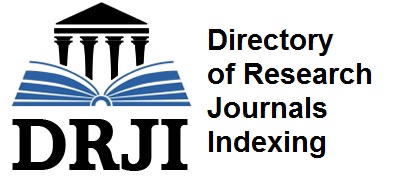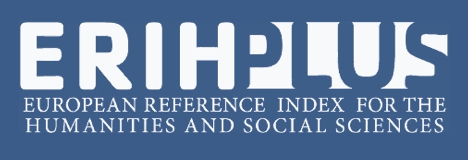From a Christian Saviour to a Mongol Ruler: The influence of Prester John's Glamour on the Muslim-Crusader Conflict in the Levant, 1140s-1250s
Abstract
Abstract
The crusading movement influenced Muslim-Crusader thoughts and imaginations. It, in turn, changed the way in which West and East perceived each other. Thereby the legends played a role in transferring some imaginative and legendary conceptions shaped the Crusades’ events. This paper studies the legend of Prester John and its development over space and time, examining how Prester John was perceived in the fact of a Christian saviour and a Mongol ruler during the 12th and 13th century. Additionally, I strive to measure the extent to which such connections and imaginations shaped the historical events of the conflict between the Muslims and the Crusaders at the time. Riassunto
Riassunto
Il fenomeno delle Crociate influenzò i pensieri e le fantasie musulmano-crociate. Esso, a sua volta, ha cambiato il modo in cui l'Occidente e l'Oriente si percepirono a vicenda. Pertanto, le leggende hanno giocato un ruolo nel trasferire alcune concezioni fantastiche e leggendarie che hanno plasmato gli eventi delle Crociate. Questo articolo studia la leggenda del Prete Gianni e il suo sviluppo nello spazio e nel tempo, esaminando come il Prete Gianni fu percepito come un salvatore cristiano e un sovrano mongolo durante il XII e XIII secolo. Inoltre, il saggio si impegna a misurare fino a che punto tali connessioni e fantasie hanno plasmato gli eventi storici del conflitto tra i Musulmani e i Crociati dell'epoca.

This work is licensed under a Creative Commons Attribution-NonCommercial 4.0 International License.
Authors who publish with this Journal agree to the following terms:
Authors retain copyright and grant the Journal right of first publication with the work simultaneously licensed under a Creative Commons Attribution-NonCommercial 4.0 International License.
This Journal permits and encourages authors to post items submitted to the Journal on personal websites or institutional repositories both prior to and after publication, while providing bibliographic details that credit, if applicable, its publication in this Journal.

















